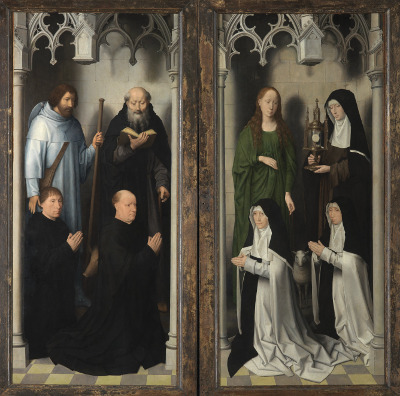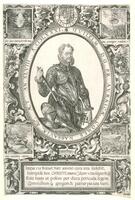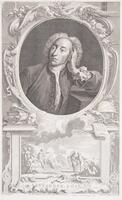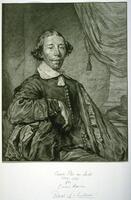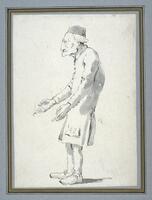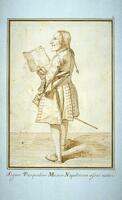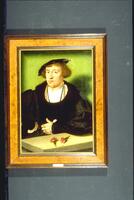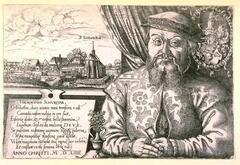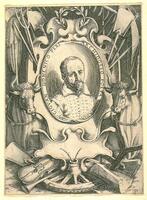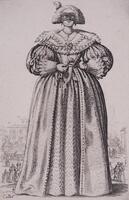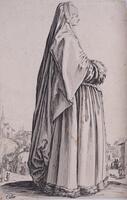Early Modern European Portraits and Self-Fashioning
Now seemingly ubiquitous in Western art, stand-alone portraits were in fact incredibly rare during the medieval period. Although wealthy individuals were sometimes depicted as worshippers in religious paintings [see left], they were rarely the main subjects of a work of art. This all changed during the early Renaissance, when a newfound interest in the individual and a desire to reclaim the portrait styles of antiquity encouraged the rise of the genre of Renaissance portraiture.
Early modern people placed great weight on physical appearance and believed that the character of an individual could be read from their facial features. Hooked noses, for example, might convey a hawkish personality, while a high forehead was a sure sign of intelligence. Yet portraits conveyed much more than personality; they also used common tropes to indicate the sitter's wealth, education, or social status. Portraits were one means by which a wealthy or powerful individual might stage and display his or her own identity before a public audience. Within European courts, for example, portraits played an especially crucial diplomatic role. Kings might give their allies portraits of themselves as a impressive gesture of friendship, or request miniature portraits from potential suitors.
As you look through this collection, try to decipher the clues given by the artists about the wealth, social class, interests, and personality of the sitter. What types of objects and materials seem particularly significant? Does the position of the body within the portrait (profile, three-quarter, or frontal view; full-body, half-body, or bust) impact how you perceive the individual? Finally, where do you think these portraits may have been displayed, and for what purpose?
Part of 12 Learning Collections
<p><span style="font-size: 14px;">Tuhin Chakraborty...
6 Links
Created For
K-12 EducatorK-12 Student
Museum Visitor
UMMA Docent
UMMA Staff
University Faculty
University Student
Rate this Resource
AVG: 0 | Ratings: 0
& Author Notes
All Rights ReservedLast Updated
January 22, 2019 3:44 p.m.Report
Reporting Policy
